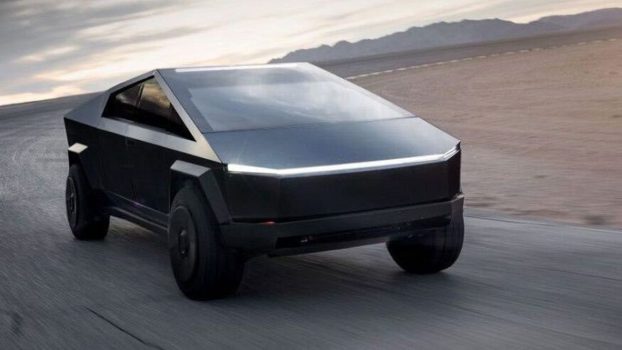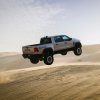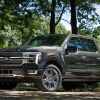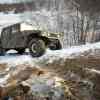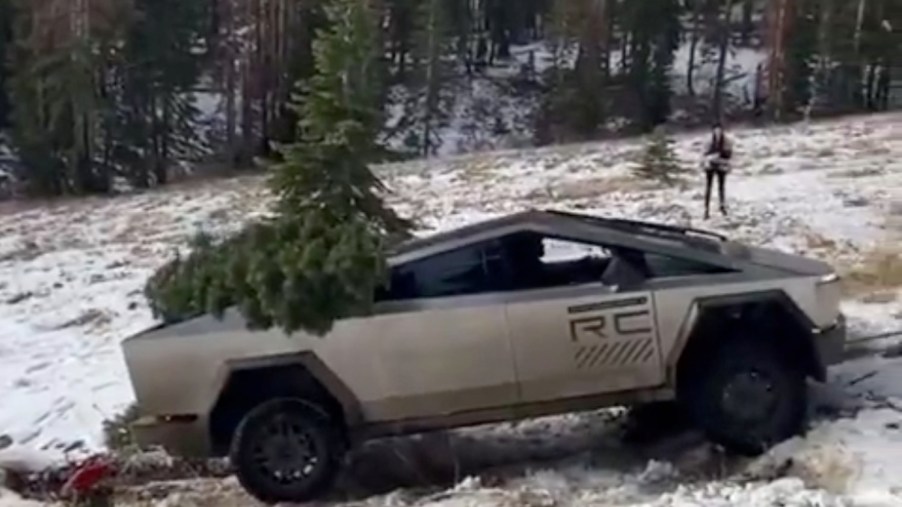
Naughty or Nice? Super Duty Saves Tesla Cybertruck Struggling to Get Xmas Tree Out of the Woods
It’s a tradition: Chevy guys love to take pictures of their trucks saving stuck Dodges. Dodge guys can’t help snapping a shot if they have to recover an F-150. And Ford drivers cackle with glee when they come across a trapped GM. Welcome the youngest truck brand to our age-old rivalry by having a good chuckle at this video of a Ford Super Duty pulling a Tesla Cybertruck prototype up a hill. Then we’ll break down what the embarrassing situation says about Tesla and the Cybertruck (it’s not good).
X user Jordan posted this video late December 11th, but they originally spotted it on Matt Chambers’ Instagram. At first it’s unclear why the Tesla Cybertruck with the tree in its bed is so far off trail, and why it’s struggling with the snowy slope. Luckily, there were other posts that can clear things up.
Matt Chambers also posted the following explanation and list to a Jeep Gladiator forum:
“Sunday, my buddies group was held up by a Cyber truck and he sent me these videos. I was not there.
- Software issue which caused rear brakes to not act like ‘lockers’
- wrong tires
- not aired down
- prototype model so it had no recovery or pickup points so it was recovered using the suspension
Then Chambers shared another video, this one showing the Cybertruck finally making it back to the trail. User “The Cybertruck Guy” reposted it to X:
First of all, this is a prototype. Its off-roading capabilities (or lack thereof) say nothing conclusive about the production model. Secondly, the Tesla employees who took this prototype to the Corral Hollow OHV trails knew irresponsibly little about off-roading.
For starters, Tesla shouldn’t allow prototypes that don’t yet have recovery points to off road. The results were dangerous and embarrassing. I can’t believe I even need to say that.
A five minute “how to off road” video would have taught these goofballs to air down their tires. How can Tesla hand them the keys to a prototype without making some introductory video required viewing? The results are downright bad press.
The onlookers claim they were told the truck had the wrong tires for driving in the snow, and that the software wasn’t yet ready. Considering every other way Tesla bungled this, I don’t doubt it. Being this unprepared on public off-road trails is inconvenient at best, dangerous at worst.
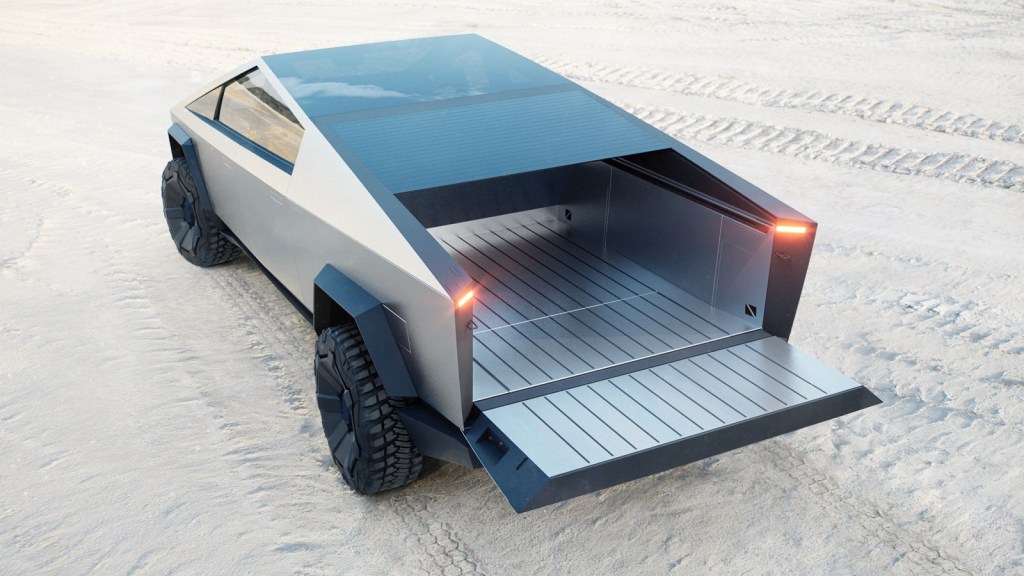
This situation may reveal some technical details about the Cybertruck. If it needs its brakes to “act like lockers,” it doesn’t have much of a limited slip rear differential. Other new vehicles, such as the latest Toyota Tundra, have software that squeezes the brakes to prevent wheel spin. So no shocker there. But electric trucks, such as the Rivian R1T, use software to modulate power between the individual motors at each wheel. This must be the single rear motor Cybertruck. Otherwise, Tesla is using the brakes to modulate the power instead of the motors. And that would make no sense.
Ford was able to pioneer a limited-slip differential for its F-150 Lightning, which only has one motor for each axle. Perhaps Tesla isn’t as serious about off-road capability as Ford. I can’t wait to see the production Cybertruck tested off road so we can find out.
Next, watch a 1996 Toyota RAV4 embarrass the Cybertruck off road, or learn more about the latest Tesla’s off-roading capabilities in the video below:
